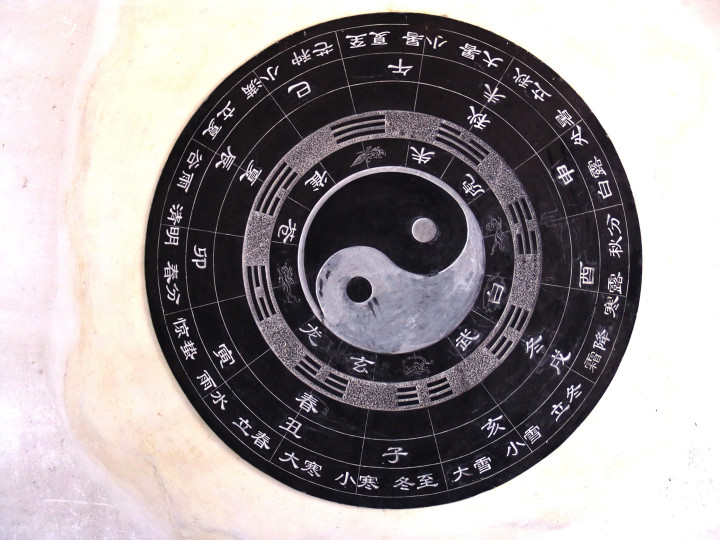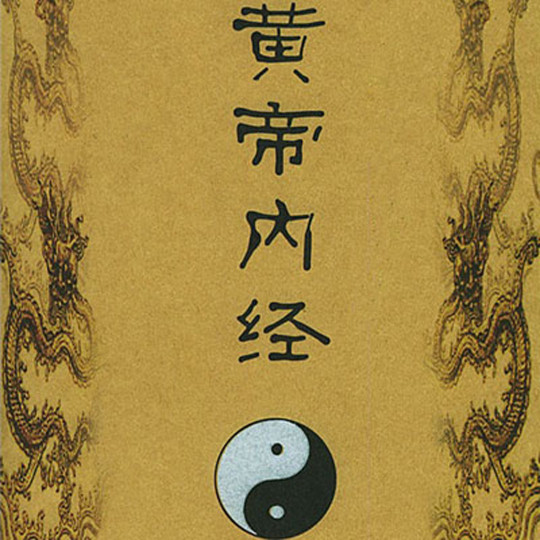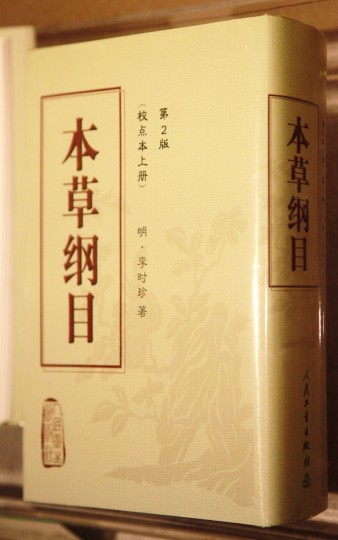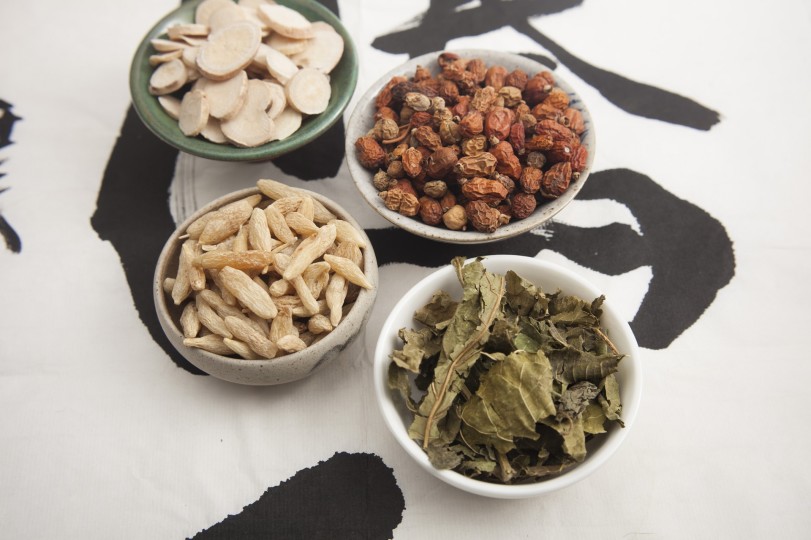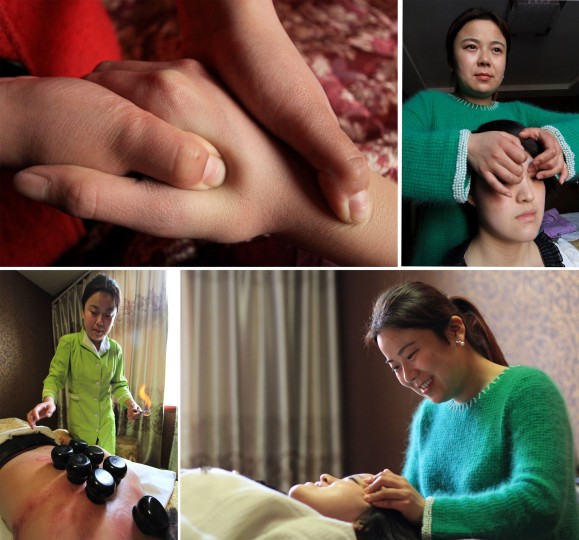Chinese scientist Tu Youyou won the 2015 Nobel Prize for Physiology or Medicine. She is a chief professor at the China Academy of Traditional Chinese Medicine.
Traditional Chinese Medicine (TCM) has been practiced in China for more than 500 centuries. Many Chinese people still rely on TCM to stay healthy on a day-to-day basis, and it’s becoming increasingly popular outside of China.
Below, we give a brief history of how TCM came to be, how it’s practiced and its future.
B
asic Theory
TCM was first documented in “Zhouyi” (The Book of Changes) during the Western Han Dynasty (202 BC – 8 AD). The basic theory of Chinese medicine attempts to explain the cycle of life, how diseases occur and how to prevent them. It includes Yin and Yang.
TCM stated that everything in the world is balanced with two forces, Yin and Yang. The terms originated from ancient Chinese philosophy and are synonymous with opposites relatively balancing the other. Yin is negative, female, weak and Yang is positive, male, strong. Ancient Chinese medical theory argued that the balance of Yin and Yang in the body could prevent illness.
Observing the natural world, TCM categorized five elements: wood, water, fire, metal and earth. Fire is overcome by water, water by earth, earth by wood and wood by metal. These elements are what make Yin and Yang work.
H
istory
TCM was born in the Yellow River region in central China and quickly expanded. The “Huangdi Neijing” was the first ancient Chinese literature that detailed the various types of Chinese medicine, laying the foundation for TCM.
Shen Nong’s Herbal Classic (Shen Nong Ben Cao Jing)was the first book to list various medicinal herbs and how they could be used. Shen Nong Shi was the first Chinese herbal doctor. The book recorded 365 types of medicine, some of which are still used in clinics today, and marked the beginning of Eastern medicine.
Building on that, the Treatise on Febrile Diseases (Shanghan Zabing Lun) was written by Zhang Zhongjing, the sage of Chinese medicine in the Eastern Han Dynasty. The first to be written by a doctor, it pulled together previous medicinal literature and prescriptions from other areas. It is considered a medical masterpiece.
Continuing the timeline of TCM through books, the Pulse Classic, also known as Mai Jing, was written in the West Jin Dynasty by Wang Shuhe. In it, he described the body’s pulse, methods to test it and established 24 different kinds of pulse. This work allowed future generations to understand the different pulse phenomena with every illness.
The oldest surviving pharmacopoeia book (an official book listing a catalog of medicinal drugs and their use) in the world is the Materia Medicae Tang Edition (Tang Ben Cao). Edited by the government of the Tang Dynasty, it includes 850 types of medical herbs and their pictures. Building on the books before it, this compilation helped to further improve the scale of eastern medicine.
Li Shizhen’s 410-year-old classic, Bencao Gangmu: Compendium of Materia Medica, with its lore chronicling centuries of Chinese medical achievement, is a treasure trove of information on traditional Chinese medicine and on Chinese folk views of the world, which underlie many of the prescribed treatment regimens. It builds on the previous books and is the most famous for TCM.
M
ethods
Acupuncture is done by piercing needles into a patient’s body. Acupuncturists treat their patients by twisting, lifting and using the needle to stimulate specific parts of the human body.
Herb medicine is mainly comprised of medicinal plants (roots, fruits, leaves and seeds), animal medicine (bones, skin) and mineral powder. Herbs in powder form are often boiled and made into tea.
Tui Na is also known as acupuncture without needles. It was developed more than a thousand years ago and is still frequently used by most hospitals in China. It is one of the three massage techniques to treat soft tissue, along with acupressure to affect the flow of the Qi (energy flow) and adjustments for realignment.
D
evelopment and goals
Most Chinese people believe TCM can help them stay healthy. They prefer to see TCM doctors instead of those who use Western medicine. TCM is gaining popularity in the world. It has received more recognition in Western countries in recent years, but the 5,000-year-old medical science still needs a modern interpretation to break into the mainstream Western market.
International exchange and cooperation have been actively promoted. China has signed treaties that include TCM or special TCM cooperation agreements with over 70 countries. Cooperation on how TCM is done in foreign countries, education, and technical cooperation has steadily expanded. Over 160 countries and regions around the world have access to TCM.
International exchanges have been actively promoted. An international forum and a World Health Organization (WHO) collaboration center on traditional medicines started in Macao this year. China has signed treaties that include TCM or special TCM cooperation agreements with scores of countries and organizations. Some 183 countries and regions around the world have access to TCM.
Xinhua reported that the first lady of China, Peng Liyuan, visited the Fred Hutchinson Cancer Research Center in Seattle, WA in September and encouraged the institute to cooperate with Chinese medical workers to combine traditional and modern medicine.
Towards this goal, China will continue to reform and develop its medical and health services, and will better maintain and enhance the health of its people. China will also continue an active role in international health affairs and work together with various parties to improve the health of people the world over.
 CGTN America
CGTN America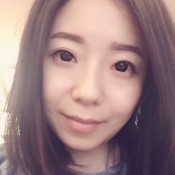
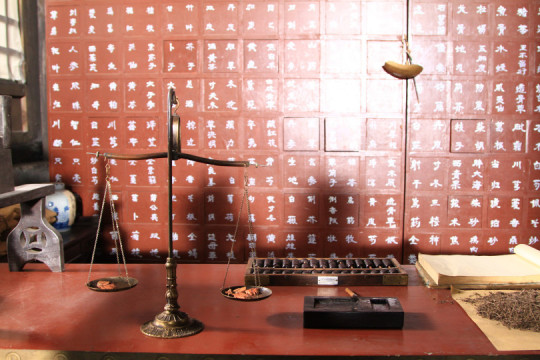 Photo by CFP
Photo by CFP
